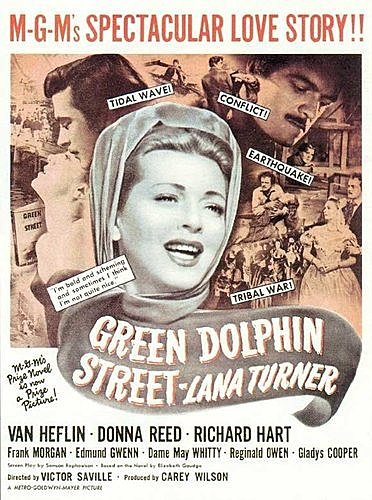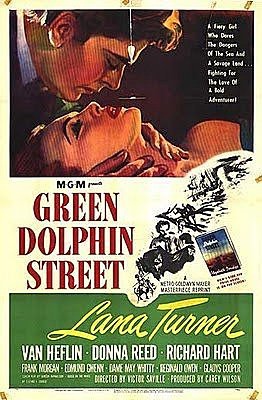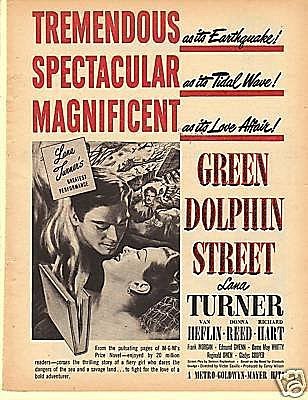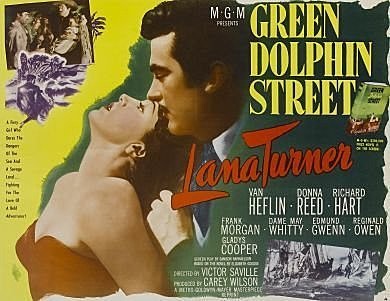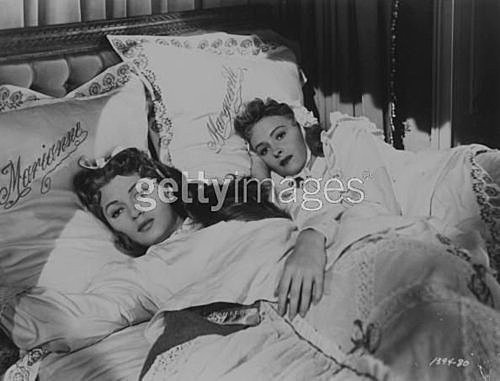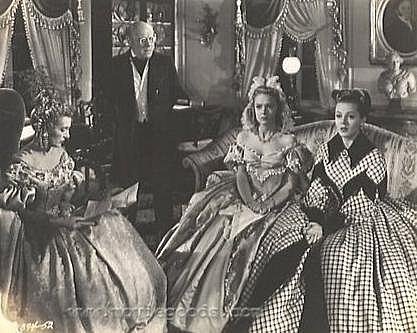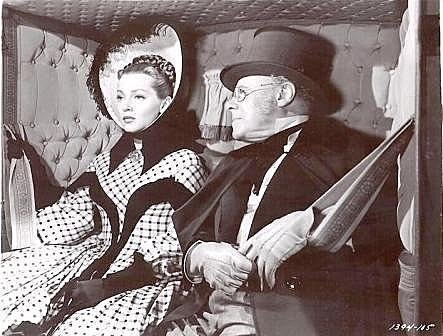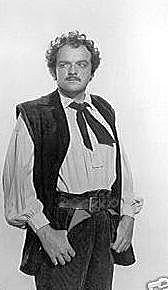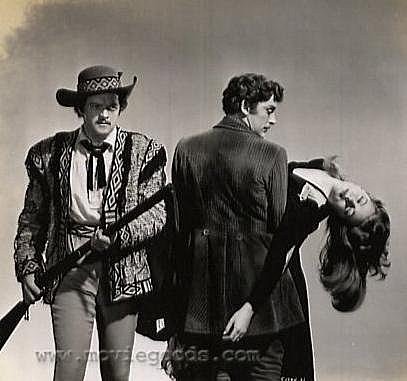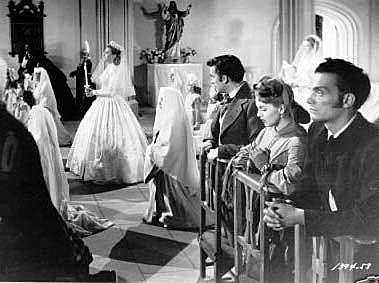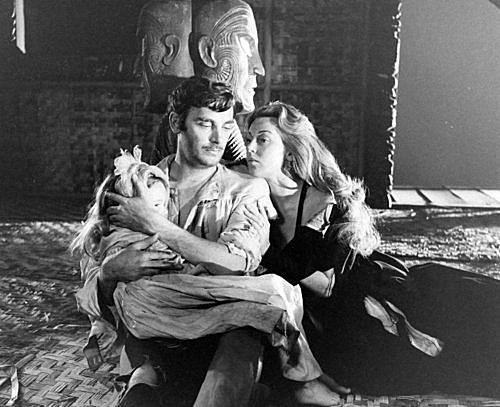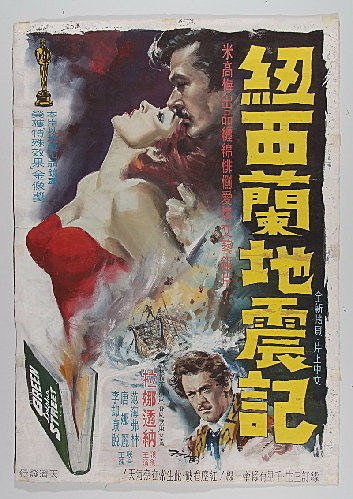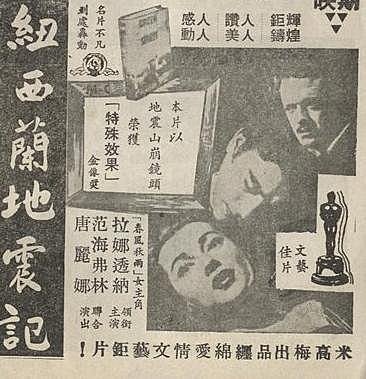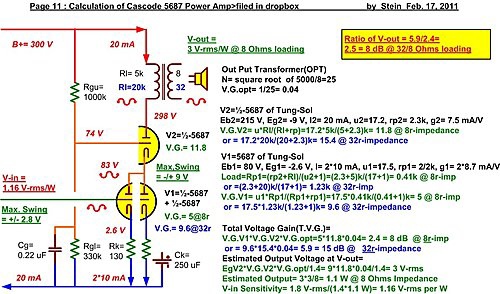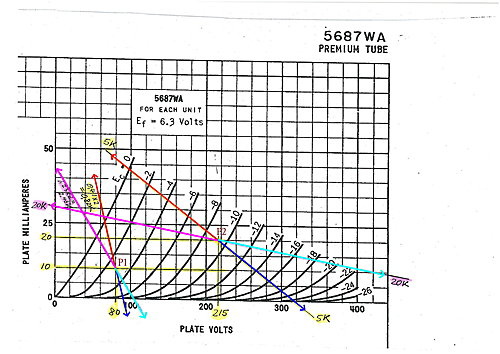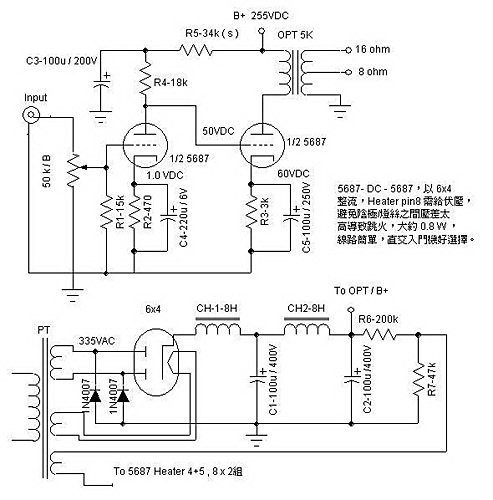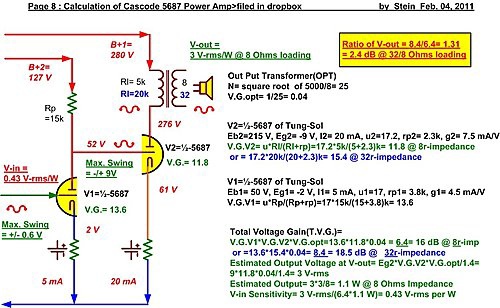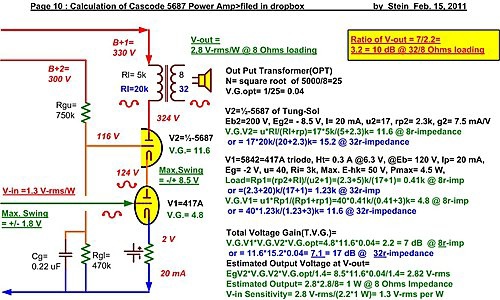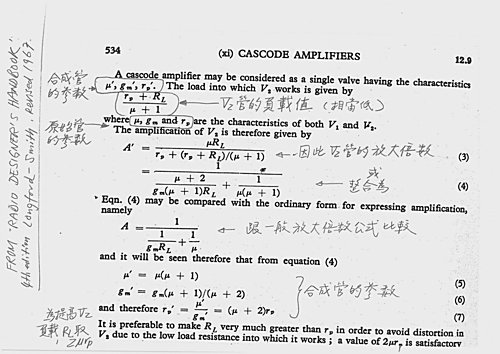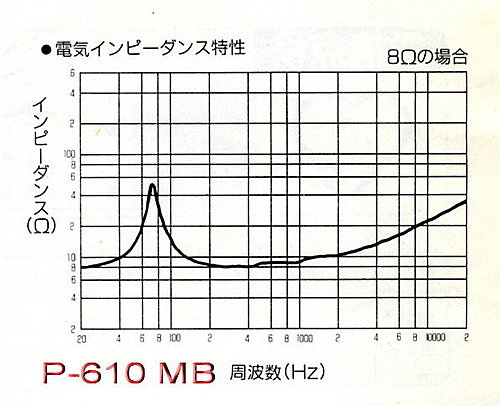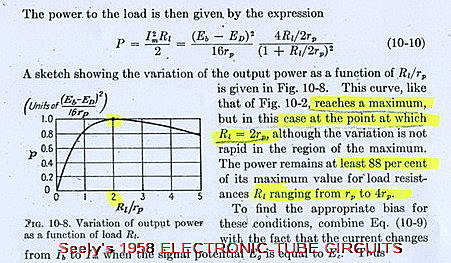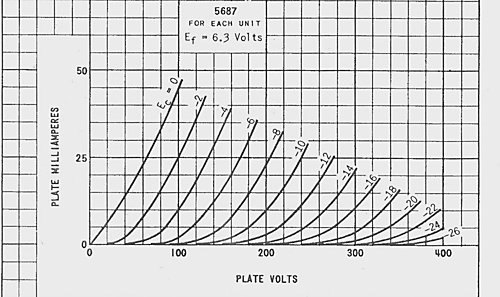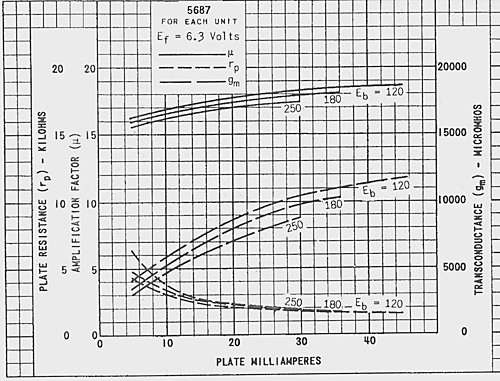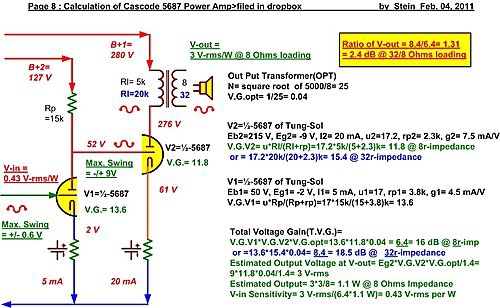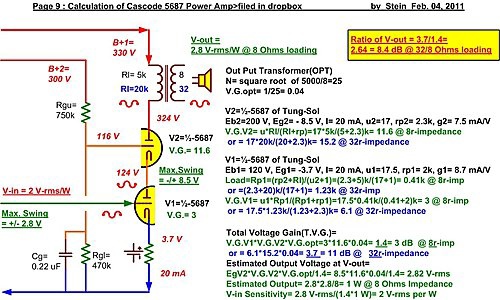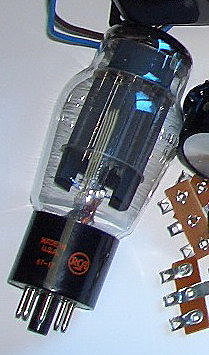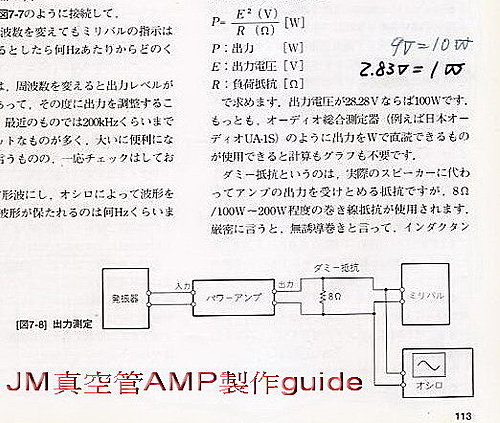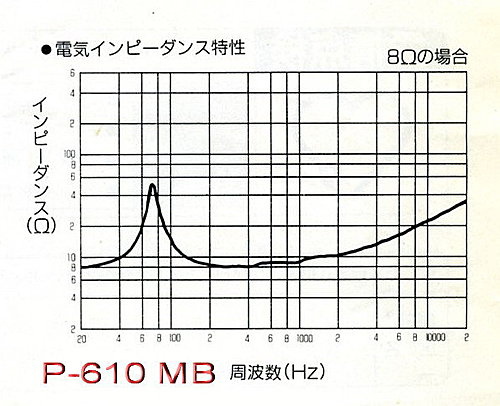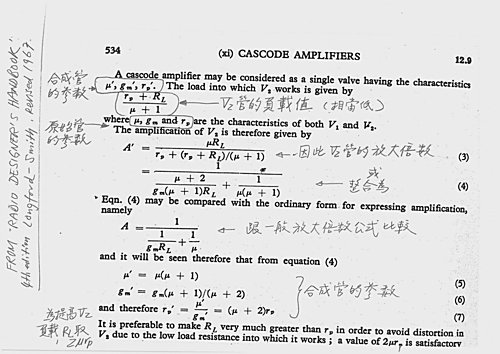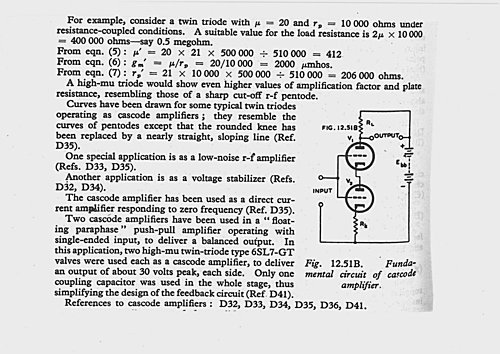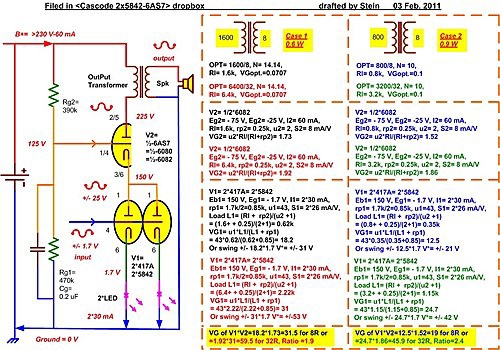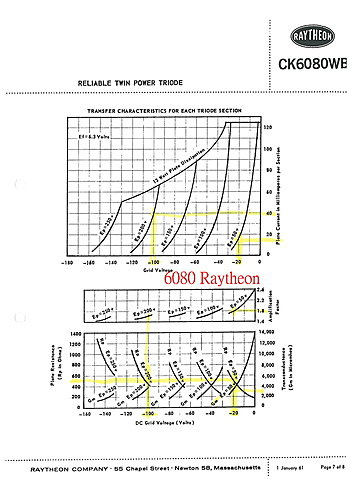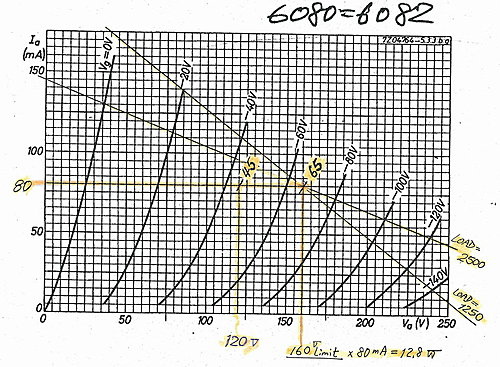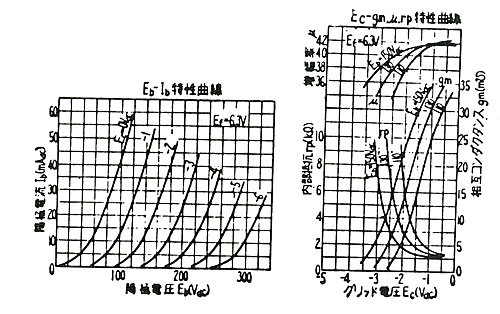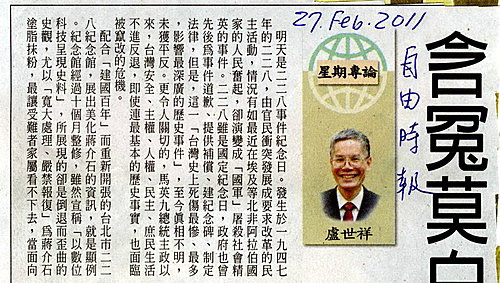
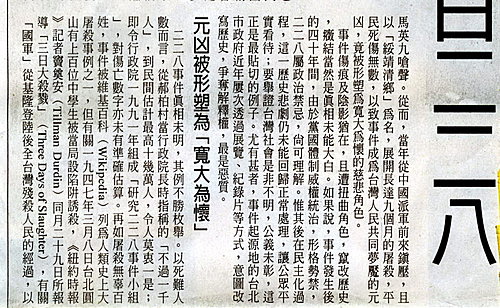

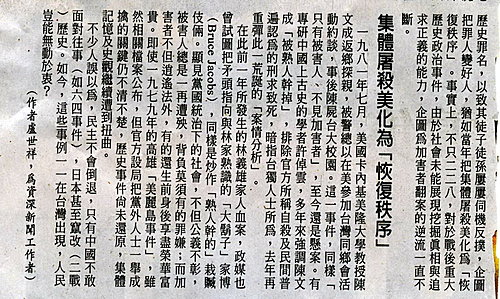
平衡報導一下
The KMT's original sin
Feb 22nd 2011, 11:49 by Banyan

FOR a foreigner, it is a moving exhibition about a little-known and terrible episode in Taiwan』s history. The 「228 memorial museum」, reopened on February 20th by President Ma Ying-jeou in a 「peace park」 within view of his presidential palace, is sombre but informative.
There are mugshots of the victims of a massacre; long lists of their names; painful eyewitness testimony; contemporary photographs and clothes; a painting of blindfolded, bound men being executed. The slaughter was, according to one exhibit, 「a Formosan holocaust that left an indelible scar」.
The museum recalls the carnage on the island in 1947. After half a century as a Japanese colony, Taiwan had been handed back to China at the end of the second world war. Its inhabitants found the incoming Chinese administration, under the governor, Chen Yi, even more corrupt and cruel than the Japanese. A classic 1965 book, "Formosa Betrayed" in which George Kerr, an American diplomat and eyewitness, recalled the massacre is now available in full online.
On February 27th 1947 a woman selling contraband cigarettes was brutally attacked by agents from the Alcohol and Tobacco Monopoly Bureau. The next day, protests against her treatment spread into an island-wide insurrection, which succeeded in gaining administrative control of parts of it. It was suppressed by Chinese troops at a cost in human lives that is still disputed—but in the tens of thousands (10,000-30,000). One exhibit describes the behaviour of soldiers and police as 「illegal, disorderly and outrageous」.
Martial law was declared by the authorities from the then-ruling Nationalist party or Kuomintang (KMT). Reimposed in 1949, it was not to be lifted until 1987, maintained, in theory, to defend Taiwan against the threat of invasion by the Communists on the mainland.
「228」 became unmentionable. After all, the KMT remained in power, and Taiwan's politics were dominated by the mainland-China born elite who had fled the Communist victory at the end of the Chinese civil war in the late 1940s. Many of the Taiwan-born majority felt oppressed. Their own post-war struggle for liberation from the dictatorship that Chiang Kai-shek brought to the island was belittled and ignored.
As Taiwan embraced democracy in the late 1980s and 90s, the past was disinterred. In 1995, Taiwan's president at the time, Lee Teng-hui of the KMT—a Taiwanese rather than a mainlander—apologised for the atrocity, and the memorial museum was opened in 1997. Then, from 2000-08, Taiwan had a president from the Democratic Progressive Party (DPP), which draws on Taiwanese-nationalist sentiment. The DPP have always denied that Taiwan is part of China, arguing that it is, and should be, independent. The 228 massacre was central to their argument that Taiwan is a separate country, and that the idea of unification with China had been imposed, viciously, by Chinese troops.
So when the KMT ousted the DPP in the 2008 presidential elections and later closed the memorial museum 「for renovation」, it was easy to assume that it would never reopen. But now it has. The DPP are predictably scathing about the changes the government has made, arguing that the exhibition sanitises the past, minimises the KMT』s guilt, and portrays a righteous popular uprising as mob violence.
I never saw the earlier exhibition, but it is hard to see this one as a whitewash. Rather, it seems a rare and commendable example of a country confronting the most painful episode in its past and admitting the scars it has left. For anyone who has spent time on the mainland, the contrast is stark.
Perhaps just as impressive was the treatment of a lone protester outside the museum when I visited. A young official from the city government suggested he take his protest elsewhere. Patiently and courteously, she reasoned with him longer than I had the patience or courtesy to wait.

